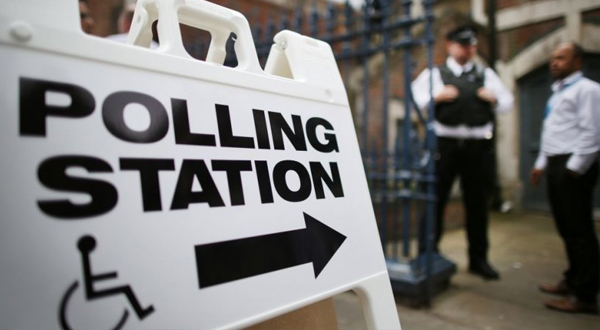ISLAMABAD: The number of 4G mobile connections worldwide has passed the one billion mark, according to the GSM Association (GSMA).
There are more than a billion 4G mobile connections in use around the world, and 4G will account for a third of all mobile connections at end of the current decade, the latest sector forecast said. On the opening day of Mobile World Congress 2016 in Barcelona, the GSMA unveiled the latest edition of its Mobile Economy report.
It showed a major shift towards 3G and 4G mobile broadband networks in developed and emerging markets, with a concurrent acceleration in digital innovation, smartphone take-up and data usage, Business Wire reported. It calculated that the mobile industry was worth approximately $3.1tn to the world economy and represented 4.2% of worldwide gross domestic product in 2015.
This is predicted to rise to $3.7tn by 2020, with 32 million jobs directly and indirectly supported, rising to 36 million. In 2016, the industry will contribute $430 bln in public funding based on current levels of taxation. This is expected to rise to $480 bln at the end of the decade, excluding spectrum licence fees, which will add another $90 bln.
“The unprecedented growth in mobile broadband in 2015 is testament to the billions of dollars that mobile operators have invested in next-generation networks, services and spectrum in recent years,” said GSMA director general Mats Granryd.
“Mobile is the most ubiquitous platform for people and businesses to connect and innovate in today’s digital economy.” The number of 4G connections doubled in 2015, there are 451 live 4G networks running in 151 countries, half of them in emerging markets, report said.
The GSMA said that better access and smartphone adoption was creating an explosion in data usage. Volume is expected to show a compound annual growth rate (CAGR) of 49% through to 2021, hitting 40 exabytes per calendar month by 2020, or seven gigabites per user.
The report revealed there were 4.7 billion unique mobile subscribers around the world – or 63% of the total human population, which will rise to 70% by 2020.





